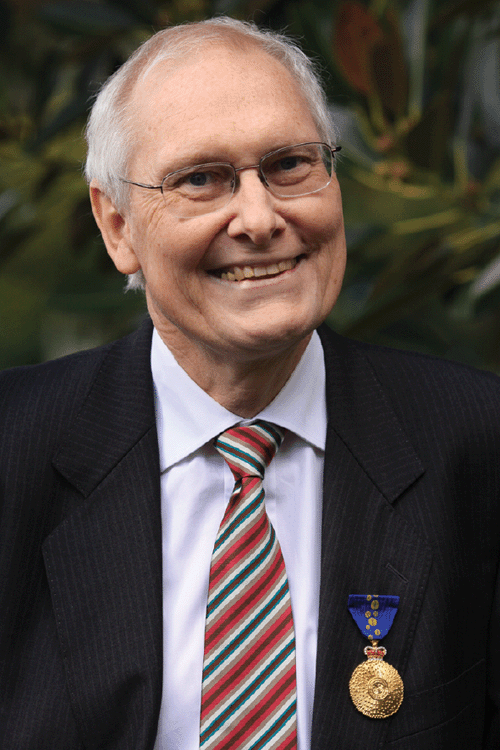In Memoriam
John W. Tapsall AM: 1945–2010
Sexual Health 8(2) i-i https://doi.org/10.1071/SHv8n2_OB
Published: 18 May 2011

|
In December 2010, Sexual Health Medicine lost an enduring ally and a humble man of global stature. John Tapsall was a very private and self-effacing man. He would be embarrassed enough that eulogies are being written about him, so this one is limited to his major contributions as a scientist, service provider, and colleague.
John graduated in medicine from the University of Queensland in 1968, gained his pathology Fellowship in 1976, and his MD from the University of New South Wales in 1992. The latter institution appointed him as conjoint Associate Professor in 1997. From 1981 to his final days John led the bacteriology section of the Microbiology Department of the South Eastern Area Laboratory Service based at Prince of Wales Hospital in Sydney.
By 1997, John’s laboratory had become the WHO Collaborating Centre for STD, which he directed. In this capacity he was also Coordinator of the WHO Western Pacific Region Gonococcal Antimicrobial Surveillance Program and provided expertise and led countless WHO, UNAIDS, NHMRC, RCPA, Australian Government and other committees and working parties. At the global level, John was particularly valued for his patient work towards standardising laboratory methods so that results from around the world could be compared. In later years he embraced molecular methods for the insights that they could provide into sexual networks and the dissemination of resistant organisms. Despite severe illness John continued to publish up to his final days, and further invaluable work will be published posthumously.
In the role that was perhaps most visible to Australian clinicians, from 1979 John was the Convener of the National Neisseria Network of Australia which incorporated both the Australian Gonococcal Surveillance Program and the Australian Meningococcal Surveillance Program. As a direct result, for decades, no country has been more on top of the emergent antibiotic resistance by the gonococcus with rapid adjustment and propagation of treatment guidelines, always led by John. He could not see the point of good surveillance if this did not translate into clinical practice in a timely manner. The fact that sustained heterosexual transmission of gonorrhoea is now rare in Australia’s population centres is testament to his leadership.
Some might suggest that the lack of local transmission could disqualify John’s laboratory from its surveillance role but, based in a country of travellers and migrants, John found that continuing importation – particularly from South-East Asia – provided his laboratory with a constant supply of biological material. As he so laconically phrased it: ‘Sydney is just a lymph node in the groin of Asia.’ He affectionately described our patients who were in the habit of visiting flesh-pots to our north as his ‘sentinel chickens’.
John was a founding member of the Venereology (later Sexual Health) Society of New South Wales in 1979, willingly and regularly sharing his microbiological insights at educational meetings. He valued and incorporated our clinical and behavioural observations. From the outset we all seemed to realise that he was no ordinary man, respected by clinicians and his laboratory-based colleagues alike. John was shy and wry, and always spoke with quiet authority.
Given his great qualities as a collaborator and teacher over so many years, in retrospect it seems inevitable that John became the first recipient of an Honorary Fellowship of the Australasian Chapter of Sexual Health Medicine. In 2010, he was also awarded Membership of the Order of Australia (pictured).
My first one-on-one encounter with John occurred late one night in 1980. I busted John when I was returning from a large brothel to the old Sydney STD Clinic at Circular Quay to put some culture plates in the incubator. John’s own hospital only had a token STD service in those days that yielded few specimens for him to analyse. By contrast Sydney’s numerous gonococcal specimens were to be couriered to another hospital in the morning. Somehow John had illicitly acquired a key to the clinic and he was busy sampling colonies on those plates, to be regularly squirreled back to his own laboratory. I could not see any reason to object, particularly as I was witnessing the birth of the finest gonococcal surveillance system ever devised.
Basil Donovan


